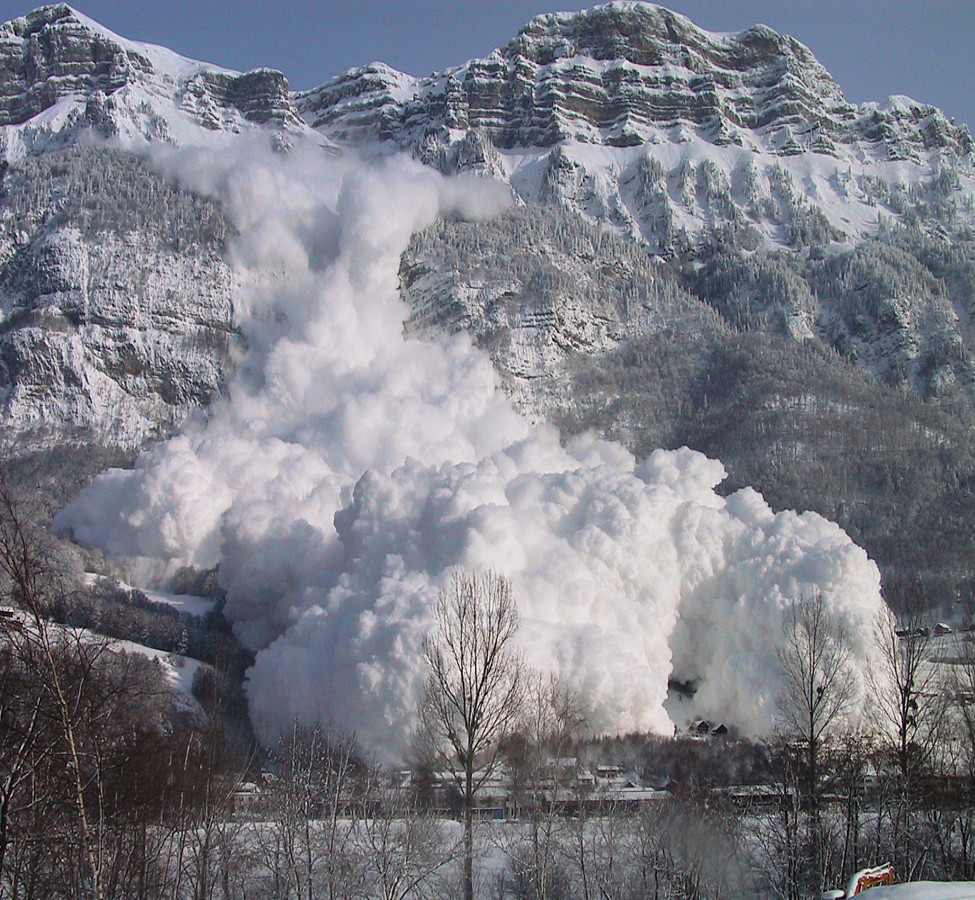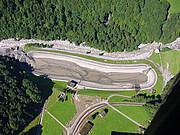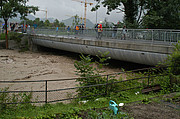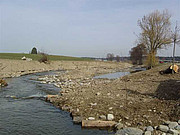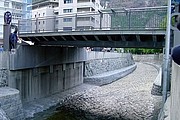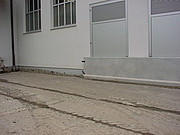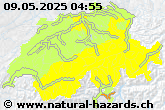Measures to counter flooding
The detailed documentation of past flood events constitutes an important basis for the planning of suitable flood protection measures. Based on this event documentation, various measures are designed in an effective way and implemented in combination.
Personal measures
If a flood risk looks likely to materialise, in addition to the preventive measures carried out by the authorities and emergency services, self-help on the part of the population plays a key role in the effective limitation of the damage caused:
- If possible, avoid being in the vicinity of rivers during floods.
- Observe the development of the weather.
- Have protective material to hand (pumps, shuttering panels, insulation material, tools etc.)
- Do not store items of value and substances that pose a threat to the environment (chemicals, paint, diluting agents etc.) in the cellars of buildings located in areas at risk from flooding.
- Keep emergency equipment at hand (radio, rubber boots, torch, blankets, candles, first-aid kik, drinking water and food supplies, important documents).
- Pay attention to information and instructions from the authorities and emergency services: national and local radio, television, internet and water alert.
- Obtain information about stocks of mobile protective measures available in your commune.
Other information about personal preventive measures against flooding can be found here.
Technical/biological measures
- Construction of dykes and flow regulation
- Creation of bedload deposition area in retention basins
- Maintenance of watercourses and water bodies and flood protection structures
Spatial-planning measures and property protection
- Avoidance of development in areas at risk from natural hazards (e.g. ban on development in high-risk areas)
- Compilation of hazard registers and hazard maps
- Creation new open spaces (river widening and river revitalisation)
- Passing of building regulations for elevated entrances, sealed doors, shatterproof glass etc.
- Temporary protection of property during hazard events (e.g. sandbag barriers)
Organisational measures
- Provision of emergency escape routes.
- Weather observation and monitoring of water levels
- Creation of an alarm concept and provision of emergency accommodation
- Issuing of early warnings in affected areas. The timing of early warnings depends on the gradient and size of the catchment area: the smaller the catchment area, the less time there is to issue early warnings.
